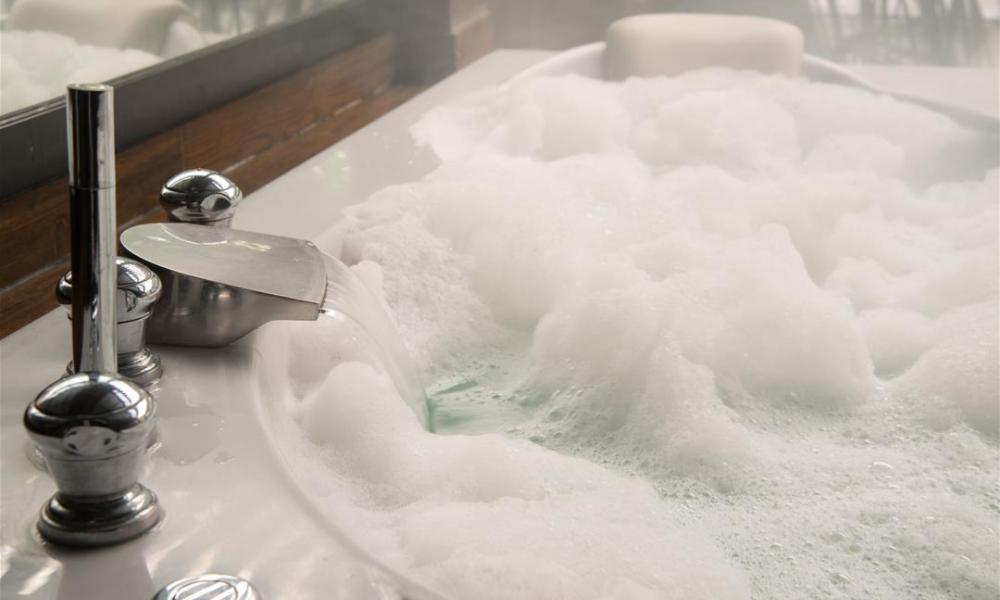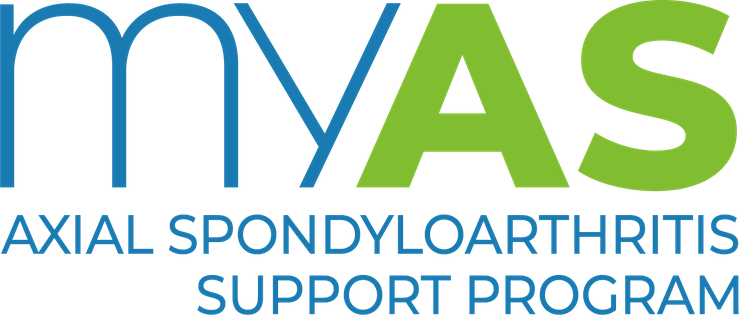
Turn your bath into a powerful weapon against aches, stiffness and fatigue.
Soaking in warm water is one of the oldest forms of alternative therapy, and there’s good reason why this practice has stood the test of time. Research has shown warm water therapy works wonders for all kinds of musculoskeletal conditions, including axial spondyloarthritis (axSpA).
Soaking in warm water often can help reduce your pain and stiffness and the benefits.
There are many reasons soaking in warm water works. It reduces the force of gravity that’s compressing your joint. Water offers 360-degree support for sore limbs, can decrease swelling and inflammation and increase circulation.
So, how long should you soak? Generally you will get the maximum benefit after about 20 minutes. But make sure you drink water before and afterward to stay well hydrated.
Here are some other simple steps to make the most of your next bath.
Go warm, not hot. Water temperatures between 33 and 38 degrees Celsius are a healthy range. If you have cardiovascular problems, beware of water that’s too hot because it can put stress on the heart. Anything over 40 degrees is considered dangerous for everyone.
Don’t just sit there. Warm water is great for relaxing, but it is also good for moving. Warm water stimulates blood flow to stiff muscles and joints, making a warm tub or pool an ideal place to do some gentle stretching. To ease low back pain, trap a tennis ball between the small of your back and the bottom or back of the tub, then lean into it and roll it against knotted muscles. You may want to ask your physiotherapist for some stretches you cam safely do in the bath.
Add some salts. Data collected by the Australian Bureau of Statistics, show that 1 in 3 Australians don’t get enough magnesium, a mineral that’s important for bone and heart health. One way to help remedy that: bathing in magnesium sulphate crystals, also known as Epsom salts. They’re relatively inexpensive, and can increase magnesium levels. But don’t go overboard; these salts should only be for occasional use. People with diabetes should be aware, too, that high levels of magnesium can stimulate insulin release.
Consider finding a warm water pool. Warm water can be so helpful in fighting pain and stiffness and physiotherapists often recommend exercising in heated pools. This way you use water's natural buoyancy to move and exercise without jarring or straining the body. Studies in people with inflammatory arthritis have shown that doing water-based exercise programs two or three times a week reduced pain and improved physical function. The exercise programs also gave an emotional boost, helped people sleep better and were particularly effective for people who were overweight.
This article has been developed based on the best available evidence. A full list of references is available upon request.









